Recycling Is Essential, But What Do the Symbols Mean?
The Case of Lulu
Last month, we looked at a very serious case of what toxic pollutants and unrecycled waste can do to our Oceans. Lulu, an innocent Killer Whale, became victim to this when she was found washed up on the Scottish Island of Tiree after becoming entangled in fishing ropes. When examining the corpse, researchers also found an alarming amount of polychlorinated biphenyl (PCBs) in her system.
Click here to read more on The Case of Lulu
This is just one case of many, demonstrating that action needs to take place. We must all reduce, reuse and recycle and understand how to do so effectively.
To help you understand this, we have placed some examples of recycling symbols and terms, some of which we see on a daily basis below.
Widely RecycledA widely recycled label is displayed as a white arrow on a green background, with the words clearly displayed below. This label is collected by more than 70% of local authorities in the UK and can most likely be found on plastic bottles in the UK. Widely recycled labels have many sub-labels, which look the same and also clearly display the wording. |
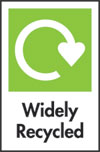 |
Widely Recycled – RinseWidely recycled – rinse can appear on a range of items, including food trays. This label ensures that all food residue is rinsed away before being recycled to ensure residue does not contaminate other materials. As well as this, rinsing waste also lowers the risk of vermin entering the recycling facility. |
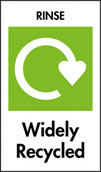 |
Widely Recycled – Rinse, Lid OnWidely recycled – rinse, lid on more so appears on glass jars and requests that waste is rinsed and all lids are tightened when disposing of, even if the lid is made up of other materials like metal. This is to ensure all small lids do not fall through any holes in the sorting centre as they would without being fastened. |
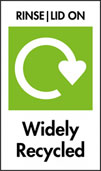 |
Check LocallyCheck locally is a similar looking label; however, the green background behind the white arrow is black. This label is typically found on plastic packaging and is collected by a large amount of local authorities. |
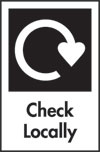 |
Not Yet RecycledA not yet recycled label is again, very similar to the previous labels; however, this one has a white line going through the arrow. This is because the label is only accepted by a small number of local authorities and can usually be found on some crisp packets. |
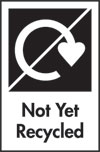 |
The Green DotThe green dot symbol can seem somewhat confusing as it does not necessarily mean that the packaging is recyclable. Instead, it is a symbol placed on packaging in a number of European countries and demonstrates that the producer of the product has made a financial contribution towards the recycling and recovery of packaging in Europe. |
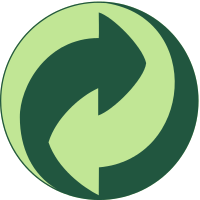 |
GlassThis symbols is one of the most self explanatory, it is asking people to dispose of their items in bottle banks. However, it is important recyclers separate them by colours when doing so. |
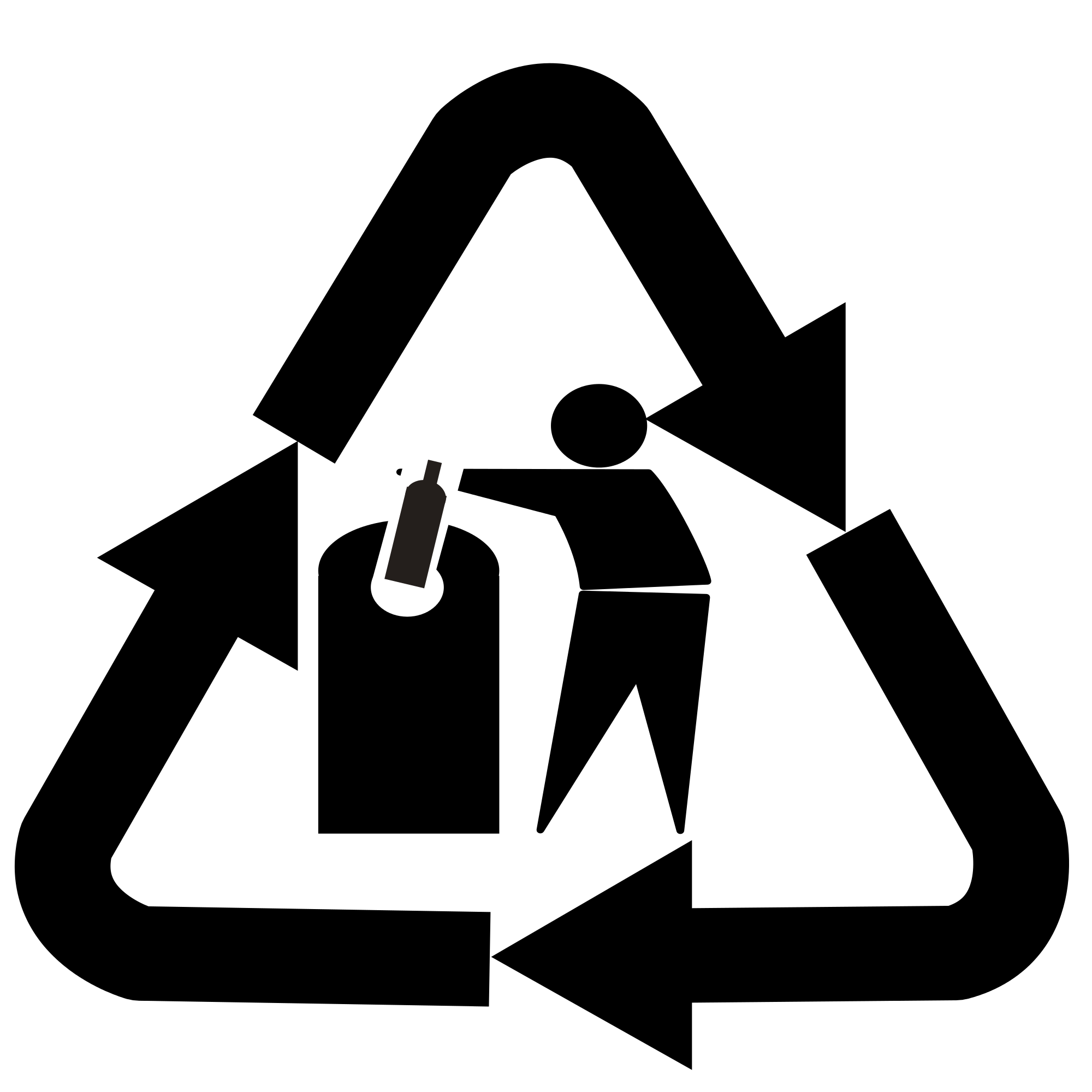 |
Plastic Resin CodesA plastic resin code, or ‘Resin Identification code’, as seen on the right identifies the type of plastic resin used to make products. The resin is usually defined between 1-7 and can be seen in the centre of the arrows. |
 |
Mobius LoopThe Mobius Loop label is an international symbol that informs users that the packaging material is recyclable somewhere in the world. |
 |
Recyclable AluminiumThis label is a reminder than aluminium materials such as cans and containers are recyclable, and should be disposed of correctly. |
 |
Recyclable SteelThe Recyclable Steel label is a reminder than steel materials can be recycled. |
 |
The ‘Seedling’This label is a European-wide label that informs consumers that the material is bioplastic and can be composted by industrial processors. If this symbol appears on any packaging, it means the item must not be recycled as it contaminates plastic, it cannot be reused. |
 |
Home CompostingThe home composting symbol will appear on home items and means it is suitable for home composting. |
 |
Paper, Card and WoodThe FSC shown in the label represents Forest Stewardship Council. This means the product is wood-based and sourced from well managed forests independently certified in accordance with the rules of the FSC. |
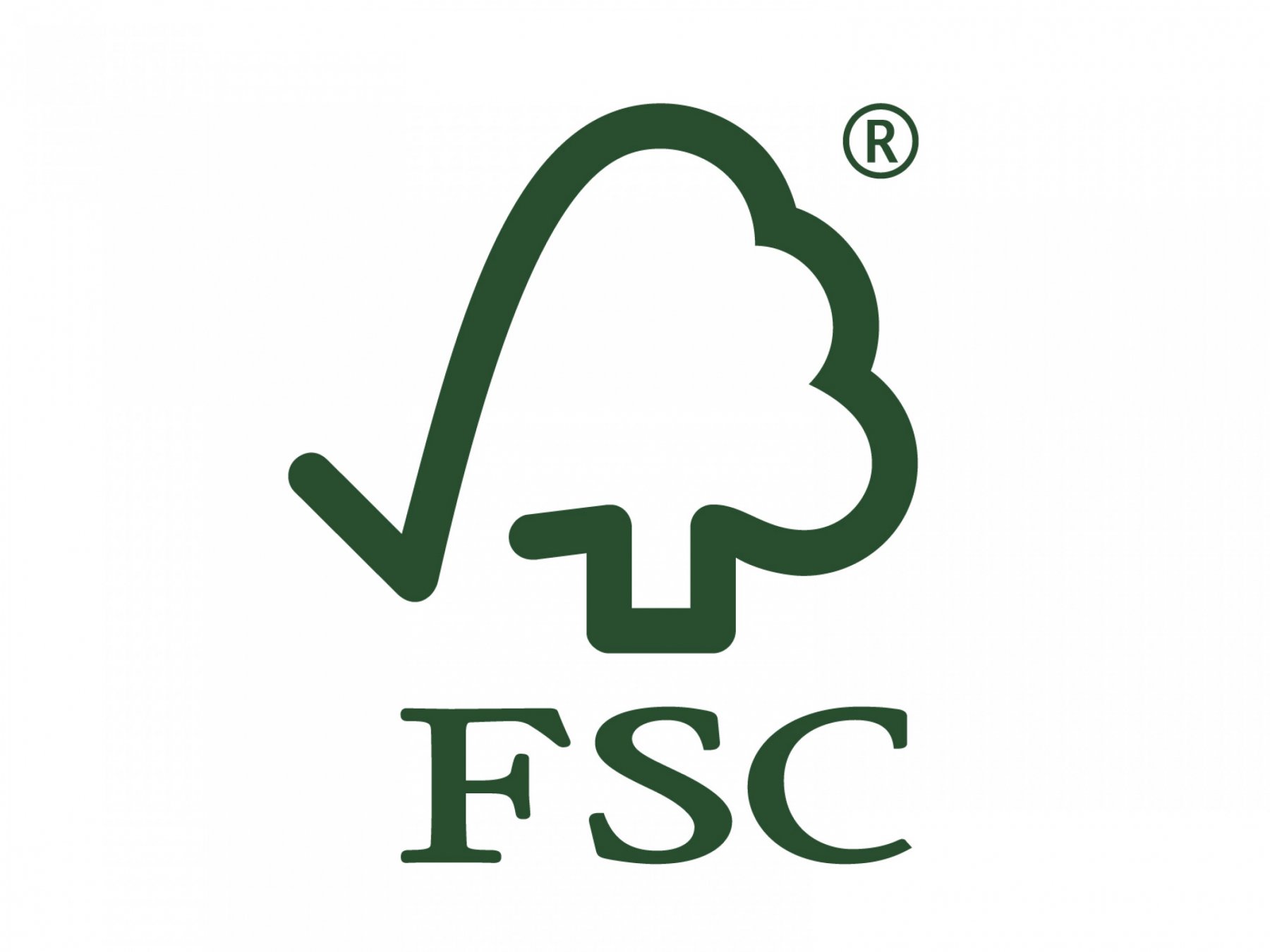 |
2EA® are registered Low Carbon Energy Assessors, Consultants and ESOS Lead Assessors, offering both energy management and reduction services ranging from CCL/CHPQA Management to Energy Saving Opportunity Scheme (ESOS) and Carbon Reduction Commitment (CRC) consultancy.
For more information, please contact us either by email to info@2ea.co.uk or by calling 01293 521 350.


